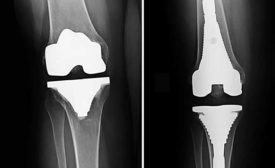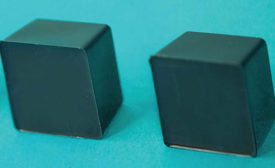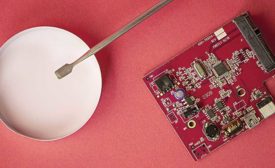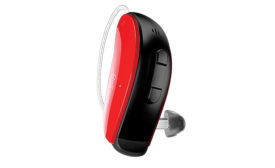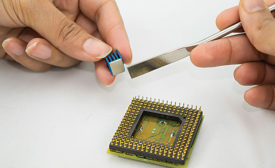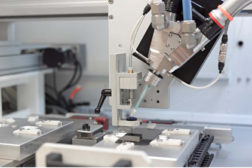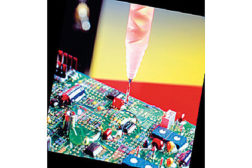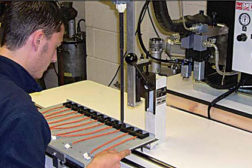Home » epoxies
Articles Tagged with ''epoxies''
Electric vehicle applications are driving demand for automated equipment.
Read More
Find the Right Medical Adhesive
Answer these five basic questions to select the ideal adhesive for your medical application.
May 1, 2018
Never miss the latest news and trends driving the manufacturing industry
Stay in the know on the latest assembly trends.
JOIN TODAY!Copyright ©2024. All Rights Reserved BNP Media.
Design, CMS, Hosting & Web Development :: ePublishing


